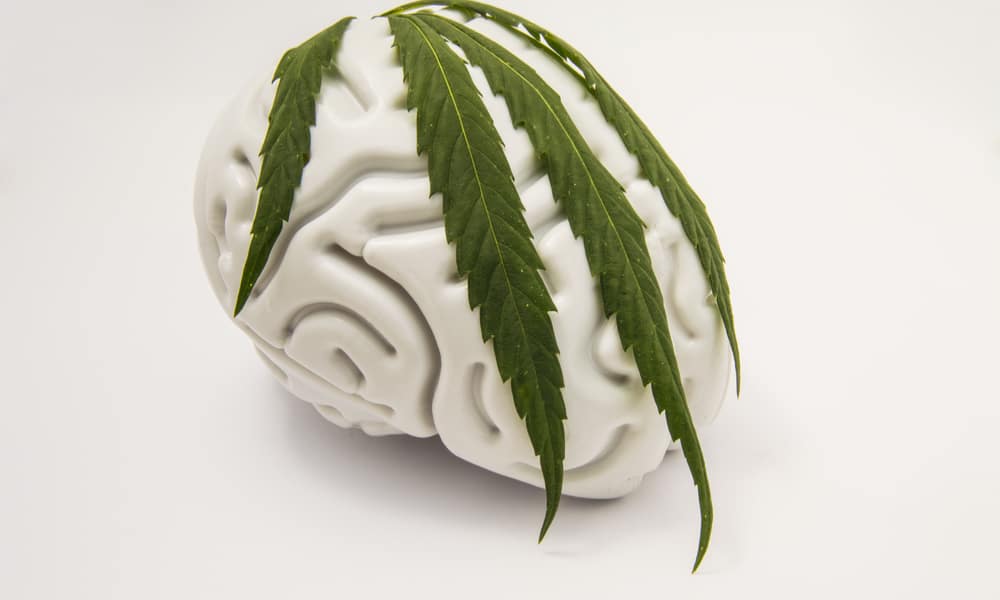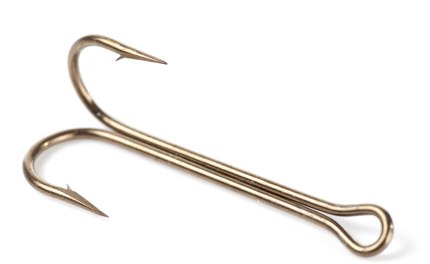Warning: Undefined variable $serie in /home/domains/treatmentandrecoverysystems.com/docs/wp-content/plugins/wp-series-manager/wp-series-manager.php on line 264
Cannabis seems to exist in that no man’s land that society reserves for drugs or behaviors that a majority of adults can indulge in without experiencing much in the way of adverse consequences. Alcohol and tobacco use are the other common examples. In all three cases, however, a minority (quite a large minority, actually) do experience problems, often quite disruptive and, in the case of the first two at least, life-threatening.
I should probably include gambling, since for so many folks it’s a source of amusement while for millions of others it becomes what one compulsive bettor referred to as “black ice on the road to hell.”
Anyway, many of us will be able to consume edibles or puff happily away on a joint while others in our peer group become seriously entangled with cannabis, and struggle to break free. I know society tried to suppress cannabis for quite a long time, unsuccessfully. Now the public, frustrated by the lack of success, thinks we should quit trying and legalize.
Also, we need the tax money. As with Prohibition in the 1930’s, a recession is on the horizon.
One thing we can say with certainty– regardless of its status in the law, around 10% of people who use cannabis with any regularity will go on to qualify for a diagnosis of Cannabis Use Disorder (CUD). Depending on its severity– DSM5 tells us how to assess that– a CUD can significantly impact the course of someone’s treatment.
We should probably prepare for the promotional campaigns that will appear courtesy of the fast-growing cannabis industry. As their profits increase, so will their ability to lobby at the corporate level, not only in Washington DC but in various State legislatures. That’s what happened with companies that market tobacco products, alcoholic beverages, and guns.
Now much of the promotion will occur on the Internet and through social media — two major sources of misinformation that didn’t exist a century ago.
Something else we can anticipate: Clients who wind up in treatment for addictions often do not recognize cannabis as a problem. And intend to continue using it.
Invariably, when we discuss it in group, somebody pipes up with this question: “I never had a problem with grass,” it begins, “and I’ve been smoking since I was (12-13-14- whenever). Now that I won’t be using (alcohol, meth, heroin, etcetera), I don’t see why I can’t I still smoke a joint every so often.”
This is the voice of the user’s experience speaking. It’ll be a powerful factor in decision-making as time passes. Just asking the question suggests the individual’s thinking is already strongly biased in favor of using cannabis. That bias makes the client a natural skeptic when it comes to any new information on the subject.
Which means we’ll need to approach the issue carefully. The defenses around cannabis use are in many ways stronger than those around a return to heroin, booze, crack. At least those are acknowledged as potentially problematic.
Not cannabis.
Fact is, your client may be envisioning a rosy future as a happy-go-lucky, pot smoking example of success. Now here we come, threatening to mess that up. Can’t expect a receptive audience.
How best to proceed? We’ll take that up in Part Two.
These are posts belonging to the same serie:













